In Conservation terms “wildlife” includes mammals, reptiles, birds, insects, spiders, fish, crustaceans, molluscs – and more. Saving wildlife is the most popular form of conservation and by joining a Conservancy you can participate personally in saving animals, birds and fish and preventing their destruction.
There are usually two forms of wildlife conservation:
- Saving a specific species of wildlife that is threatened
- Saving a threatened habitat, like a forest or grassland, in which wildlife lives
Conservancies are often involved in projects to protect threatened wildlife species; one of these is saving the tiny Pickersgill’s reed frog. But these projects always have to include saving the habitat of the species too. It is no use trying to save the crowned eagle if we don’t also save the trees where crowned eagles live.
Conservancies also participate in partnership projects where wildlife is managed by other conservation organisations, as in nature reserves and parks. This offers Conservancy members opportunities to learn about how nature reserves and parks work and how they are managed
Wildlife Projects
Projects to save wildlife in which Conservancies are involved include the European swallow migration near Durban, the rare Pickersgill’s reed frog in coastal areas, crowned eagle habitat preservation in Durban, Krantzkloof Nature reserve, Mhlopeni nature reserve in Mooi River Valley and the Aliwal Shoal Marine Protected Area on the KZN coast
Examples of threatened wildlife
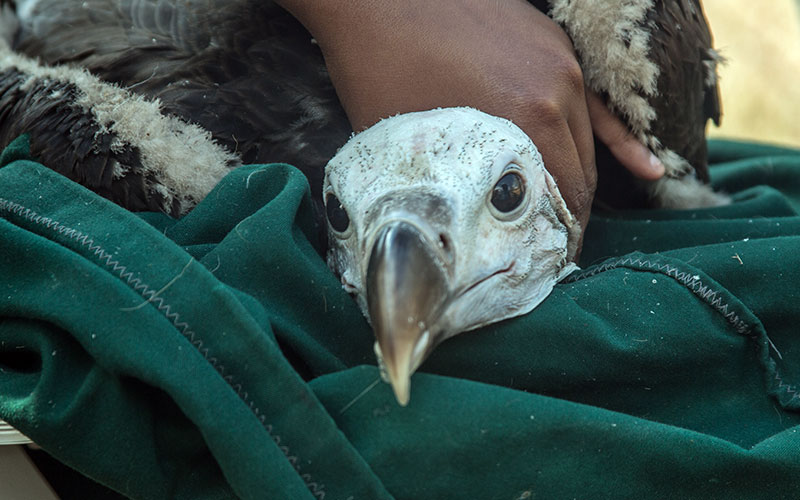
Six of South Africa’s 11 vulturespecies are heading for extinction and the rest are endangered
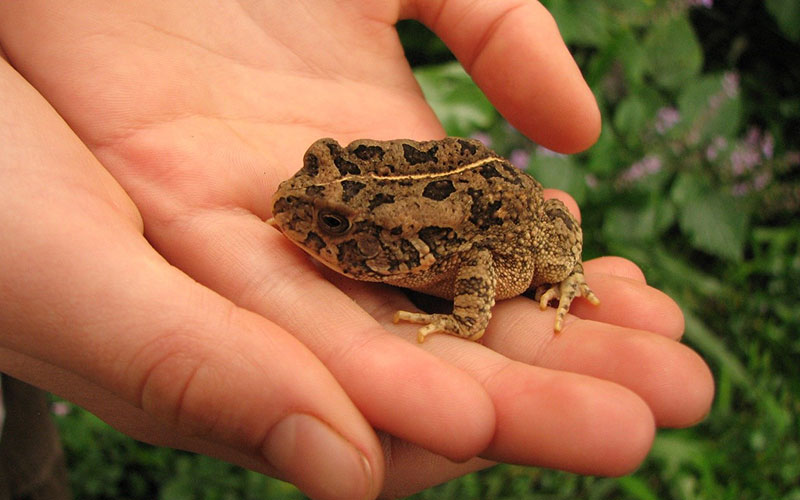
Not many of us know that frogs are one of the most endangered vertebrates
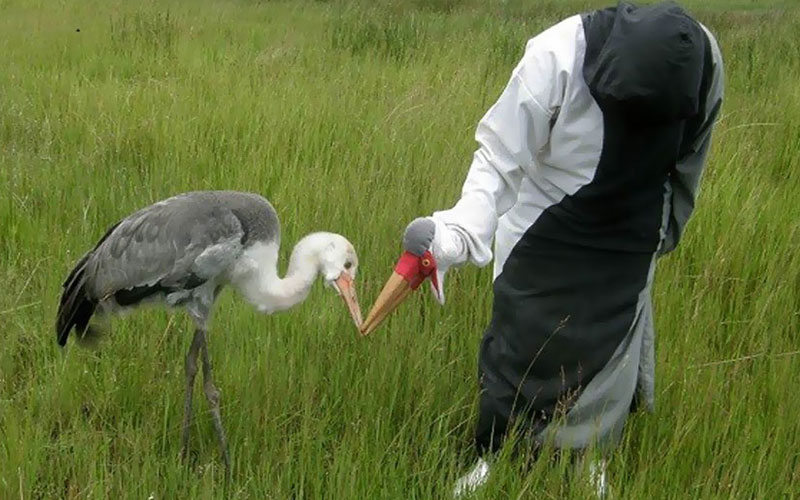
Feeding a baby wattled crane in an innovative way; without protection our cranes would disappear
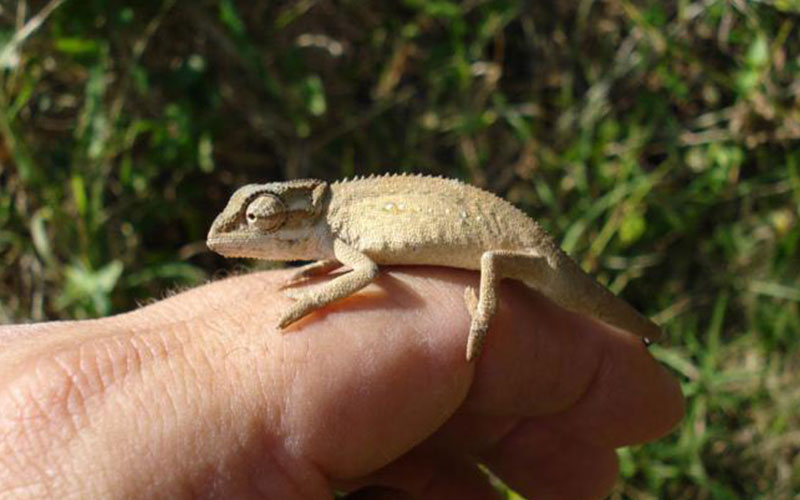
It takes a lot of effort and care to save our smaller wildlife
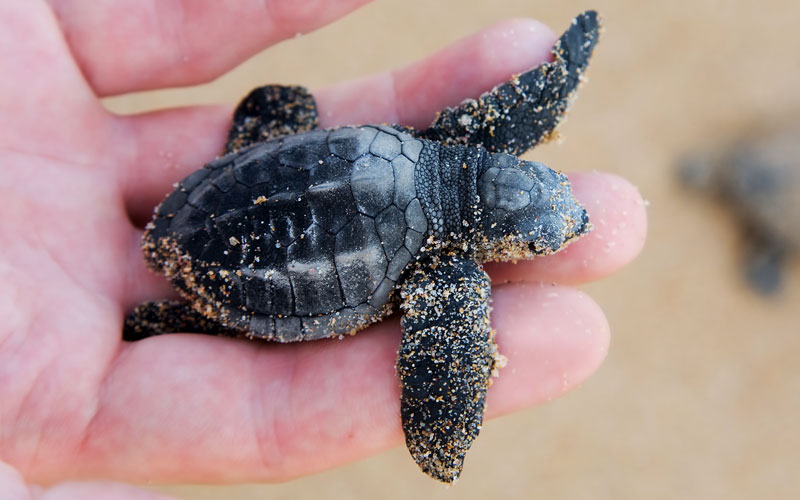
The five species of sea turtle found in South African seas are all listed as endangered. They are the Green, Olive Ridley, Hawksbill, Loggerhead and Leatherback turtles


